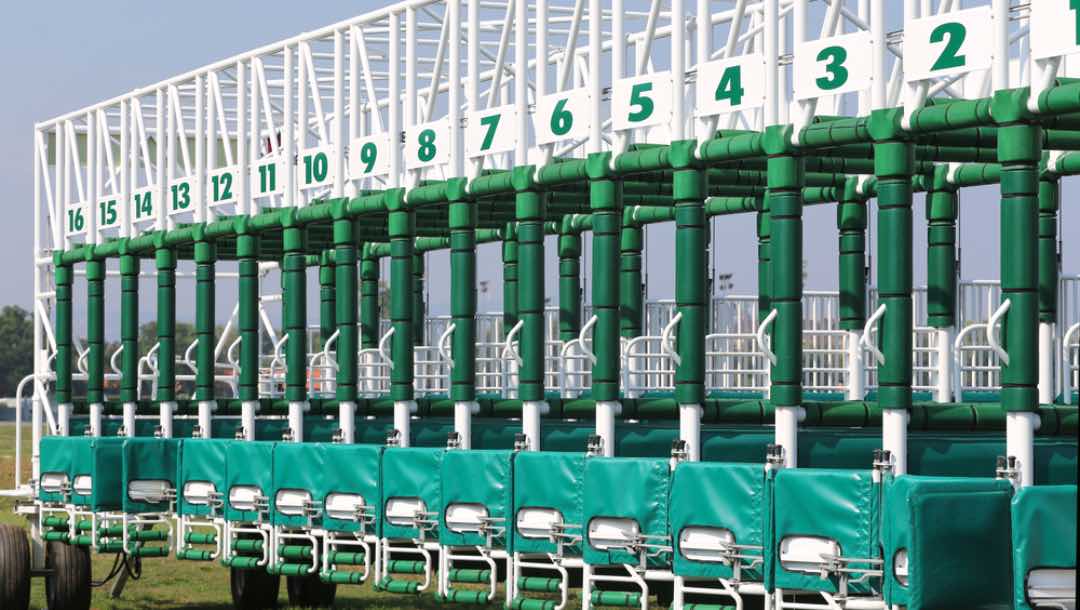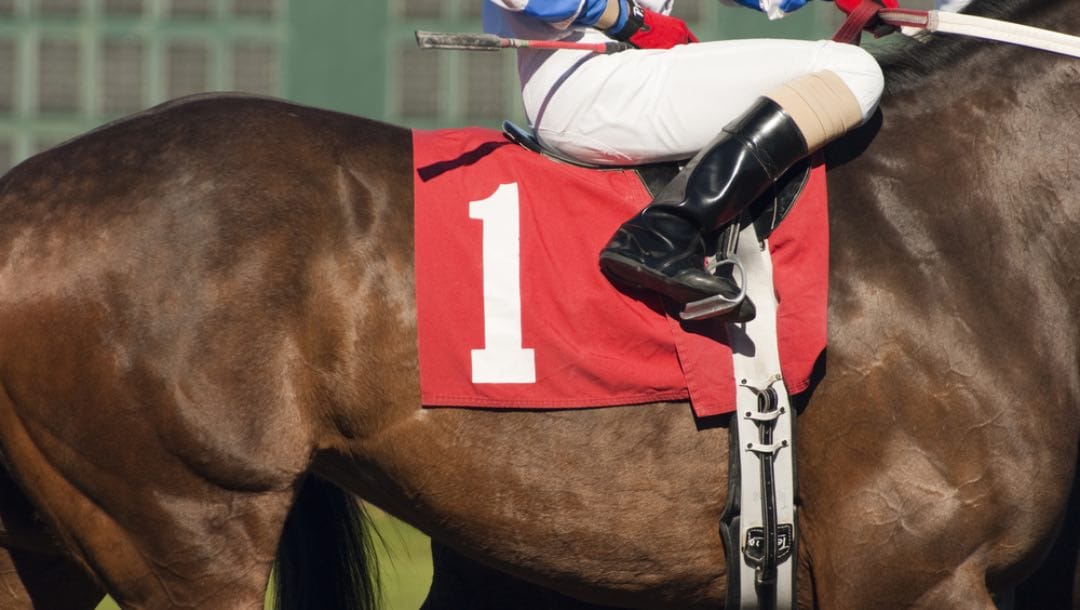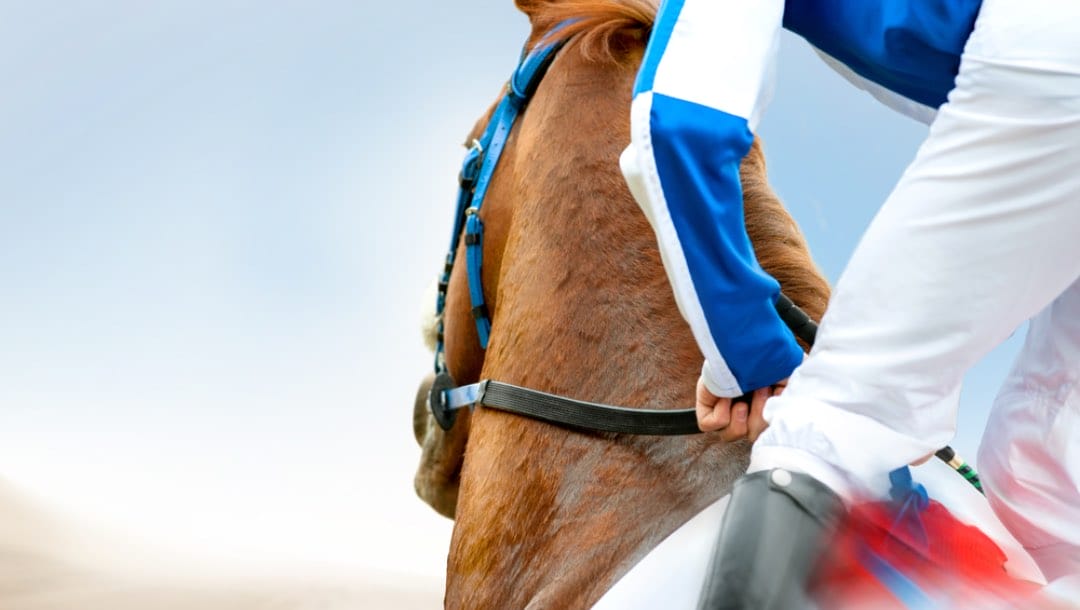You’re at the races, resplendent in your Sunday best, wielding what appears to be a program of the day’s proceedings. What you may not be aware of is the dense amount of information crammed into the booklet we all know as a race card. In the world of horse racing betting, as in online sports betting, information is everything, but without a guide, every page may just appear like gobbledegook.
From the different types of horse racing to what the jockeys are wearing, read on to find out how to mine your racecard for all the information you need to place those winning bets.
On the cover
The term “race card” is a bit misleading because, in most cases, the race card is, in fact, a booklet detailing the day’s races with all the necessary information you will need to figure out how to read the horse racing odds and place your bets.
The obvious place to start would be the front cover. Here you will find all the basic information about the tournament, from date, venue and a list of races along with their set-off times.
What’s inside?
On opening the race card, you are likely to be presented with all the necessary background information about the event, including the history and who the luminaries are, along with a few advertisements.
This is just a prelude to the important stuff to come, which are the details on all the races that will help you strategize your betting for the day.
The header
Every race is identified by a header that will provide the time of the race, the course and the date. This is an important summary of the race and will give you the basic information you’ll need.
Other information you’re likely to find in a header will include:
- Sponsor’s name
- If the race is a qualifier for a bigger race
- What class or grade the race is classified
Lastly, the header will also provide a quick summary detailing
- Prize money
- Number of runners
- Distance of the race
- “Going” of the race (this is a scale that describes the condition of the course)
- The media channels the race will be covered on, including television and radio
What’s the “going”?

We’ve all heard the phrases “when the going is good” or “horses for courses.” This is exactly where they come from.
The “going” is just a way to describe the conditions of a course on race day. The scale is as follows:
- Hard to Firm
- Good to Firm
- Good
- Good to Soft
- Soft
- Heavy
As you may imagine, the race day conditions will affect the performance of the horses. Use this information to investigate which horses perform better in which conditions.
Race details
Now you’re into the meaty stuff. Race details give you all the specifics on the race and can become difficult for the uninitiated to read. This is because of the shorthand employed to cram as much information into the race card as possible without creating a huge booklet every race day.
A typical race summary could look a little like this:
$5,000 guaranteed, 2yo+ Fillies and Mares rated 0–140, Minimum weight: 10–0, Penalties: After January 20th, each (tournament race) won 6lb, (Horse name) handicap: 140, Entries: 14, Penalty value: 1st – $3,100, 2nd – $1,350, 3rd – $300, 4th – $200
A bit daunting at first, but here is the breakdown:
- $5,000 guaranteed = Guaranteed pot.
- 2yo+ Fillies and Mares rated 0–140 = The types of horses allowed to participate, including their rating.
- Minimum weight = Minimum weight of the horse in whatever measurement used by the race (e.g., stone, pounds, etc.)
- Penalties: After January 20th, each (tournament race) won 6lb = In this example, penalties imposed are shown as weight added to the horse for every win after the 20th of January in this particular tournament.
- (Horse name) handicap mark: 140 = Top-rated horse for this race.
- Entries: 14 = Number of horses entered at the time of publication.
- Penalty value: 1st – $3,100, 2nd – $1,350, 3rd – $300, 4th – $200 = The prize money for the top four positions.
Horses and jockeys
After the summary of the race, the race card will go into further detail on horses and jockeys, usually in the form of a list of the race entrants. Each entry on this list will include detailed information on the horse and the jockey in the usual shorthand.
What’s in a horse?

All the most important horse information will be in the listing and may include the following:
- Name
- Saddlecloth number: Number displayed on the horse.
- Headgear: Any gear that a horse might wear, like blinkers.
- Age
- Weight: The amount of weight the horse will carry during the race, including jockey and saddlebags.
- Official rating: Refers to the handicap mark assigned to the horse and will determine the weight the horse will carry during the race.
- Birthplace: Usually the country of birth.
- Date of last race or days since last race
- Color: B = Bay, Br = Brown, G = Gray, Ch = Chestnut.
- Sex: C = Colt, H = Horse, G = Gelding, F = Filly, M = Mare.
- Family history: Sire = Father, Dam = Mother, Damsire = Maternal grandmother.
The form
Form is the final bit of information. This is usually expressed something like this: “132-1d.”
The numbers denote positions achieved in the most recent races, i.e., 1 = 1st, 3 = 3rd, etc.
The hyphen shows a new year and the “d” shows that the horse was disqualified in the last race.
Here is a glossary of the letters and their meanings when reading the form:
B – Brought down
U – Unseated rider
P – Pulled up
R – Refused
d – Disqualified
O – Unplaced
C – Won that course before
D – Won the distance before
CD – Won both course and distance before
BF – Beaten favorite – was favorite in this race before but was beaten
The summary
Horse summaries are usually a few sentences on the horse’s chances in the race, often accompanied by a star rating system. These are defined as follows by sports data company Timeform View:
- One Star = Little to no chance of winning
- Two Stars = Not likely to win but has some small chance
- Three Stars = Has a chance, but better horses are running
- Four Stars = Likely to place or challenge the winner
- Five Stars = Considered to be the favorite to win
The jockey

Information on the jockey in the listing will display the following:
- Name and picture
- Silks and cap: The colors of the owner worn by the jockey.
- Weight reclaim: Usually a number next to the jockey’s picture showing how much weight a jockey can reclaim from the penalties or handicap based on age, weight and sex.
There is often a little snippet on which jockeys to watch for the race included at the end of the jockey information.
Betting information
Whether you’re looking at a printed race card or you are horse race betting online, every punter looks for the betting odds to ultimately decide on how to place their bets. These are usually found at the end of each horse’s listing and represent a metric that takes all the other information into consideration and assigns the horse its odds of winning.
Based on all of this information, most race cards will also include a verdict (the race card publishers’ opinions on the outcome of the race) and a forecast (the odds each horse is expected to run at prior to the race.)
Register with BetMGM to win at the races
Armed with this guide to race cards, register now with BetMGM and NYRA bets to test your new-found knowledge and start winning at the races. At BetMGM, horse racing bets are explained in more detail, while betting on races around the world is simply a click away.










